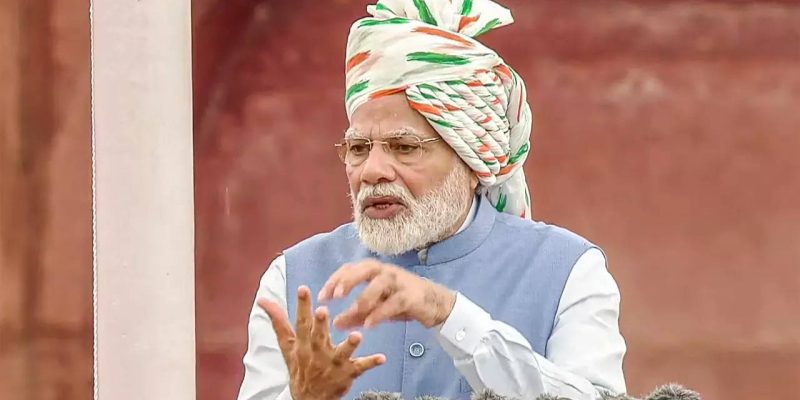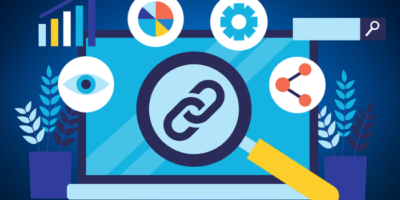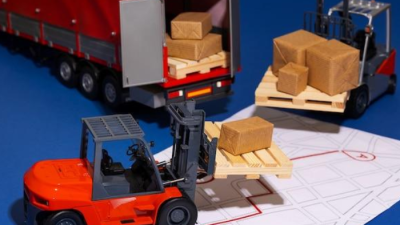The goal of a developed country, as proposed by Prime Minister Narendra Modi, is the first of the five pledges he made during his 2014 election campaign. This pledge is to make India a developed nation by 2022, and the target has been set to achieve this goal by 2028.
What is PM Modi’s Developed Country Goal?
Prime Minister Modi’s developed country goal is a vision he has for India to become a developed nation by 2022. This goal is one of the five pledges he made during his election campaign in 2014. His goal consists of seven pillars, which are: (1) Good governance and transparency; (2) Responsible and accountable government; (3) Efficient and effective use of resources; (4) Universal access to education and healthcare; (5) Reducing economic, gender and social inequalities; (6) Promoting sustainable development; and (7) Ensuring security and respect for human rights. PM Modi has stated that achieving this goal requires both economic and social development, and that all citizens must be involved in the process.
He has also stressed that this goal must not be achieved at the expense of India’s environment, and has set a target of achieving 40 percent of India’s energy from renewable sources by 2030. In addition to this, PM Modi has also launched several initiatives to promote the development of India, such as the Make in India campaign and the Digital India program.
The Five Pledges
Under Prime Minister Narendra Modi’s Developed Country Goal, the five pledges are a set of commitments to achieve a prosperous and secure India. These pledges aim to ensure that India becomes an economically strong, sustainable, and self-reliant country. The five pledges are 1) A clean India; 2) Quality education; 3) Skill development; 4) Self-reliance; and 5) Affordable healthcare.
The first pledge is to make India a clean country. This includes focusing on reducing pollution, improving sanitation and hygiene, and encouraging sustainable living. This pledge also focuses on reducing the amount of plastic waste and encouraging citizens to use renewable energy sources.
The second pledge is to ensure quality education for all. This includes focusing on improving the infrastructure of educational institutions, providing more job opportunities for teachers, and ensuring that students have access to up-to-date learning materials. This pledge also focuses on providing better learning opportunities for children from marginalized communities, such as those from rural areas or from lower-income backgrounds.
The third pledge is to ensure skill development for all. This includes providing training and job opportunities to help individuals gain the skills they need to be successful in their chosen profession. This pledge also focuses on creating more specialized jobs and providing more opportunities for individuals to acquire the skills necessary to secure gainful employment.
The fourth pledge is to ensure self-reliance. This includes encouraging citizens to become self-sufficient and financially independent, by helping them to access the resources and services they need to be successful. This pledge also focuses on promoting entrepreneurship and small business development to help individuals become self-reliant.
Finally, the fifth pledge is to ensure affordable healthcare. This includes providing access to quality healthcare services, medicines, and equipment to all citizens. This pledge also focuses on ensuring that individuals from all backgrounds have access to these services, regardless of their income level.
How to Achieve Developed Country Status
Achieving “developed country” status is one of the five pledges of Indian Prime Minister Narendra Modi. To reach this goal, the government has put forward a number of strategies including making investments in infrastructure, creating jobs, promoting digitalization, pushing for reforms in the agricultural sector, and investing in healthcare and education.
Infrastructure is a crucial element of development and this is why the government has taken various steps to upgrade roads, railways, ports, airports and other infrastructure. Investments are also being made in renewable energy projects and modernizing urban infrastructure. This will help India to become more competitive and attractive for businesses.
Creating jobs is another important aspect of achieving the developed country pledge. Therefore, the government has taken a number of measures to increase employment opportunities in the country. This includes setting up industrial corridors, launching new manufacturing policies, introducing the GST and encouraging the growth of startups.
Digitalization has become an integral part of the country’s development. The government has implemented a number of measures to promote digitalization including the Digital India initiative and the Jan Dhan Yojana. These measures have helped to create a digitally literate society and increase access to financial services.
Reforms in the agricultural sector are essential for development. The government has implemented a number of policies to promote agricultural production and increase the incomes of farmers. These include the Pradhan Mantri Fasal Bima Yojana, the Pradhan Mantri Krishi Sichai Yojana, the Pradhan Mantri Krishi Vikas Yojana, the Pradhan Mantri Kisan Samman Nidhi and the Pradhan Mantri Kisan Maandhan Yojana.
Benefits of Achieving the Goal
Attaining the goal of a developed nation as proposed by Prime Minister Modi is a cause of immense benefits to the entire country. Firstly, this goal would result in improved economic growth and development, with the nation being able to access new markets and investments.
This would ensure a steady flow of revenue into the country and consequently, a higher standard of living for the citizens. Secondly, achieving the goal of a developed nation would result in greater job creation, as more industries and businesses would be set up. This would provide employment opportunities to the citizens and help them become more economically independent.
Thirdly, a higher level of economic development would also lead to increased access to better healthcare and education facilities, thus improving the quality of life of the citizens. Finally, a developed nation would also bring about improved infrastructure and technology, which would help make the country more competitive in the global arena.
Challenges Faced in Achieving the Goal
India, under the leadership of Prime Minister Narendra Modi, has set a goal of becoming a developed country by 2022. This goal is ambitious and requires the nation to confront several challenges for its successful achievement. One of the major challenges that India faces is the need to create a balanced and sustainable economic growth. Currently, India’s growth is heavily dependent on the service sector, which accounts for more than 50 percent of the nation’s GDP.
This sector is not labor intensive and thus, it fails to generate enough jobs for the growing population. Moreover, India needs to invest in infrastructure, particularly in rural areas, to ensure equitable development. Additionally, India needs to reduce the high rate of inequality in order to ensure that the benefits of economic growth are shared with all sections of the population.
Another major challenge that India needs to address is the high rate of poverty. In spite of the economic growth, the poverty rate in India remains high, with more than 22 percent of its population living below the poverty line. This is a major obstacle in achieving the goal of becoming a developed country and requires the government to implement policies that will reduce poverty and provide economic opportunities to the poor.
India also needs to improve its educational system in order to produce skilled and educated workers who can contribute to economic growth. Currently, the education system in India is largely inadequate, with most Indians lacking the necessary skills and knowledge to participate in the global economy. Furthermore, India needs to address its health care system, which is inadequate and unable to provide quality health care to its citizens.
Lastly, India needs to reduce its environmental pollution levels in order to become a developed nation. India is one of the world’s most polluted countries, with air pollution accounting for more than half of the nation’s total pollution. This is a major challenge that India needs to address if it wants to achieve its goal of becoming a developed country.
Conclusion
Prime Minister Modi’s goal of developing India into a developed country is a noble ambition that has been codified into the five pledges. These five pledges are focused on the wellbeing of the citizens, the efficient utilization of resources, and an overall improvement in the quality of life. Although achieving this goal will take time and effort, it is a necessary step for India to take in order to become a developed power. PM Modi’s goal of a developed India is an important milestone for the nation and, with the five pledges as a guide, it is a goal that can be achieved.





















Comments